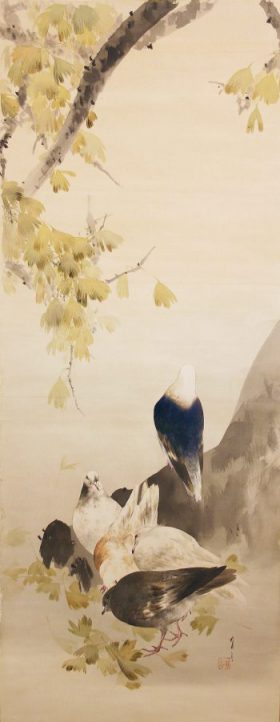The Haiku of Issa
… less progress on actual unraveling of meaning in these haiku today, but, several books on the subject, one of which i have ordered for my library… one thing that i knew, but which is confirmed in my exploration today, no single translation can transmit all the meaning possibilities packed into a great haiku… numerous translations are required…
- on turning fifty: from this day on, it’s all profit…
- was fifty the life expectancy when Issa was alive?, that would seem to be the implication…
- a butterfly flitting, a child crawling, repeat…
- another one of those ordinary moments
- but also, butterflies are symbols of rebirth and transformation and are thought to be the souls of the departed… so the image of child and butterfly is one of a conversation between a new being and an old soul…
- on sea slugs not seaming Japanese…
- as i look up the significance of sea slugs in Japanese culture, i find [a review](http://www.modernhaiku.org/bookreviews/GillSeaSlugs2004.html “William J. Higginson, book review: Robin Gill, “Arise Ye Sea Slugs!"") of [“Rise, Ye Sea Slugs!”: A Theme from In Praise of Olde Haiku, with Many More Poems and Fine Elaboration by Robin D. Gill](https://www.amazon.com/Rise-Sea-Slugs-Robin-Gill/dp/0974261807/ref=sr_1_1?dchild=1&keywords=rise+ye+sea+slugs+gill&qid=1627210821&sr=8-1 “Robin Gill, “Rise Ye Sea Slugs!"")… a book on interpreting Haiku which uses multiple translations to show how much meaning is packed into the tiny space of a haiku… it’s a little expensive for the present moment, but i order it… another rabbit hole is opening up!…
- writing poems to please the rich is not art…
- i can relate to this… art is too much driven by wealth now as it was then…
- envy of the child being scolded, end of the year…
- to be a child again?, from the vantage point of old age?…
- cuckoo singing, nothing special to do, even for the burweed…
- not much information on burweed, another book on Japanese haiku: “Basho: the Complete Haiku” by Jane Reichhold.


